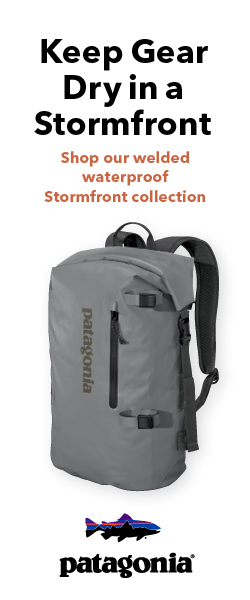
Now that we may soon see the day that the Pebble fight is in the rear view mirror, it's time to start turning our attention to some of the other huge threats to fisheries and habitat that demand the support of the industry and anglers.
Lets' start with the multitude of threats that are currently facing the Transboundary Region.
 Click to see zoomable map.
Click to see zoomable map.
The Transboundary Watershed Region is a region of northwest British Columbia and southeast Alaska that includes the Tatshenshini-Alsek, Chilkat, Chilkoot, Skagway, Taiya, Taku, Iskut-Stikine, Unuk, and Whiting watersheds. The region extends from high alpine tundra, through boreal landscapes and coastal rainforests, to the island marine environment of southeast Alaska, and covers over 50,000 square miles.
The land and rivers within these watersheds support populations of wildlife including: grizzly and black bears, moose, caribou, mountain goats, sheep, wolves, and rare migratory birds. The major rivers of the region are abundant with wild Pacific salmon.

At least five large-scale mines are planned for northwest British Columbia in watersheds that drain into salmon-bearing rivers of Southeast Alaska. One project, called Kerr-Sulphurets-Mitchell (KSM), rivals in size and scope the Pebble mine proposed for Bristol Bay in Southwest Alaska. If built, developers say KSM would be the world’s largest gold and copper mine. The deposit sits in the headwaters of the salmon-rich Unuk River, which drains into Alaska’s Misty Fjords National Monument.

The Transboundary region defines the essence of North American wilderness and represents one of the continent’s best conservation opportunities so it deserves your attention and support.
How can you help?
Start by taking some time to familiarize yourself with the region, and the large scale rush to exploit it, by heading over to the Rivers Without Borders website. Since 1999 Rivers Without Borders has been working on both sides of the border promoting a watershed-based conservation vision for the Transboundary. Their site also has numerous resources dedicated to educating and inspiring action.
Trout Unlimited is also taking a very active role in bringing attention to the significant threats facing the Transboundary, their recent press release concerning the region and links to supporting documents can be accesssed here.
The Transboundary is the poster child for rampant extractive resource development in British Columbia, it's time to start lending our collective voices to preserving one of the last great wilderness areas on the planet.
Next up? The Alaska Chuitna coal project.
 Tuesday, August 18, 2015 at 12:00AM
Tuesday, August 18, 2015 at 12:00AM  rivers without borders,
rivers without borders,  transboundary in
transboundary in  Conservation,
Conservation,  Environment
Environment 












